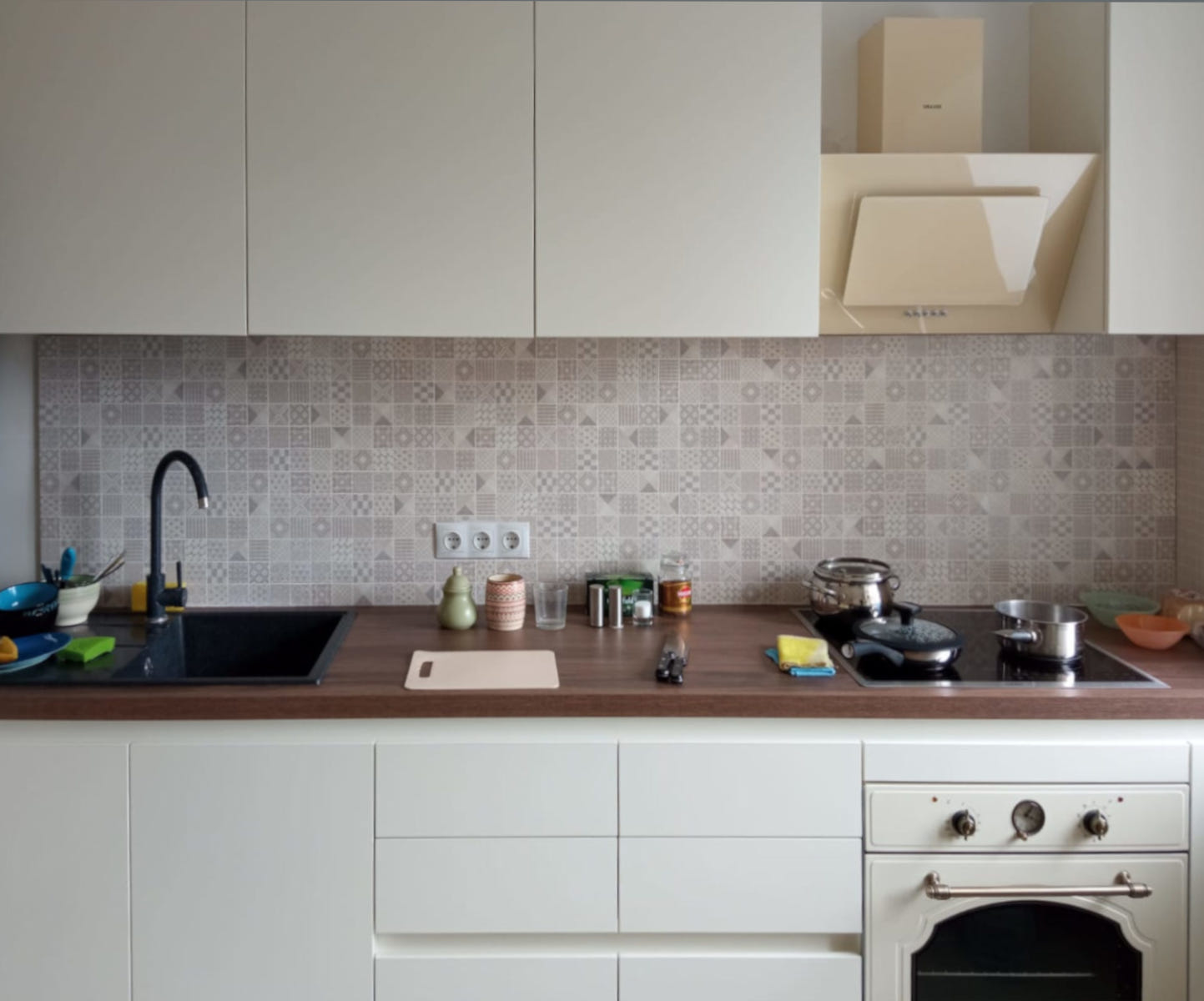
Culinary Haven: Your Perfect Kitchen
Introduction to the Heart of the Home
Kitchens have long been considered the heart of the home, a place where families gather, meals are prepared with love, and memories are created. Whether you're an aspiring chef or a home cook, having the perfect kitchen can significantly enhance the culinary experience. In this guide, we will explore the key elements that contribute to creating a culinary haven that is both functional and beautiful.
Layout and Design
A well-thought-out layout is the foundation of an efficient kitchen. The classic "work triangle," which connects the stove, sink, and refrigerator, minimizes wasted steps and ensures easy access to major work areas. But there's more to consider. Ample counter space for food preparation, strategically placed appliances, and smart storage solutions all play critical roles in the kitchen's overall functionality. Think about how you move and operate in the space to design a layout that flows naturally and suits your unique cooking style.
High-Quality Appliances
Investing in high-quality appliances can transform your kitchen into a professional-grade culinary space. Look for durable and reliable ranges, ovens, and refrigerators that can meet the demands of your cooking and entertaining needs. Don't forget the smaller appliances, such as mixers, blenders, and food processors, which can greatly assist in preparing diverse and complex dishes. The right tools can make all the difference in the ease of cooking and the quality of the outcomes.
Materials and Surfaces
Your choice of materials and surfaces reflects not only your style but also impacts the functionality of the space. Countertops should be durable, resistant to heat and staining, and easy to clean. Options include granite, quartz, marble, and stainless steel. Similarly, flooring should be tough and easy to maintain while complementing the overall design aesthetic. Consider the practicality of each material and how it will stand up to everyday use.
Lighting and Ergonomics
Proper lighting in the kitchen is essential for safety and ambiance. Incorporate a combination of overall ambient lighting, task lighting over work areas, and accent lighting to enhance the space's features. Ergonomics also plays a crucial role in kitchen design. The height of counters, the depth of sinks, and the placement of cabinets all contribute to a comfortable and injury-free cooking experience. Design your kitchen so that it accommodates your physical needs and minimizes strain during food preparation.
Storage and Organization
A clutter-free kitchen is a pleasure to cook in. Custom cabinetry, drawer dividers, and pantry organizers can help to maximize space and keep ingredients and utensils neat and accessible. Think about what you use most often and make sure that it's easily reachable. Pots, pans, and frequently used tools should have designated spots close to the stove or prep areas, while less-used items can be stored higher up or in less accessible cabinets.
Personal Touches and Decor
The perfect kitchen should not only be practical but should also reflect your personal style and taste. Add touches of color, unique backsplash tiles, or eye-catching hardware to make the space your own. Incorporate plants, artwork, or other decor that makes you smile and feel inspired. Remember, your kitchen is not just a place to cook and clean—it's a canvas for your lifestyle and culinary adventures.
Conclusion: Embracing Your Culinary Haven
Creating your perfect kitchen is about balancing form and function to suit your cooking habits, aesthetic preferences, and lifestyle. It requires attention to detail and consideration for how you will use the space on a daily basis. With the right design, appliances, materials, and personal touches, your kitchen can become a true culinary haven—a place that nurtures both your love for food and the joy of spending time with loved ones.